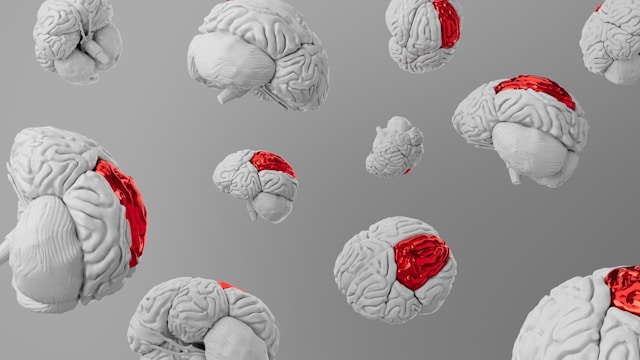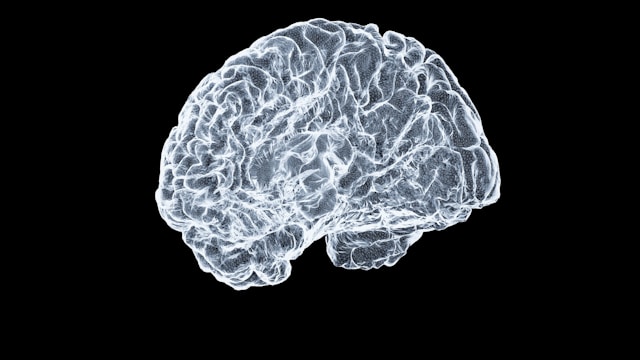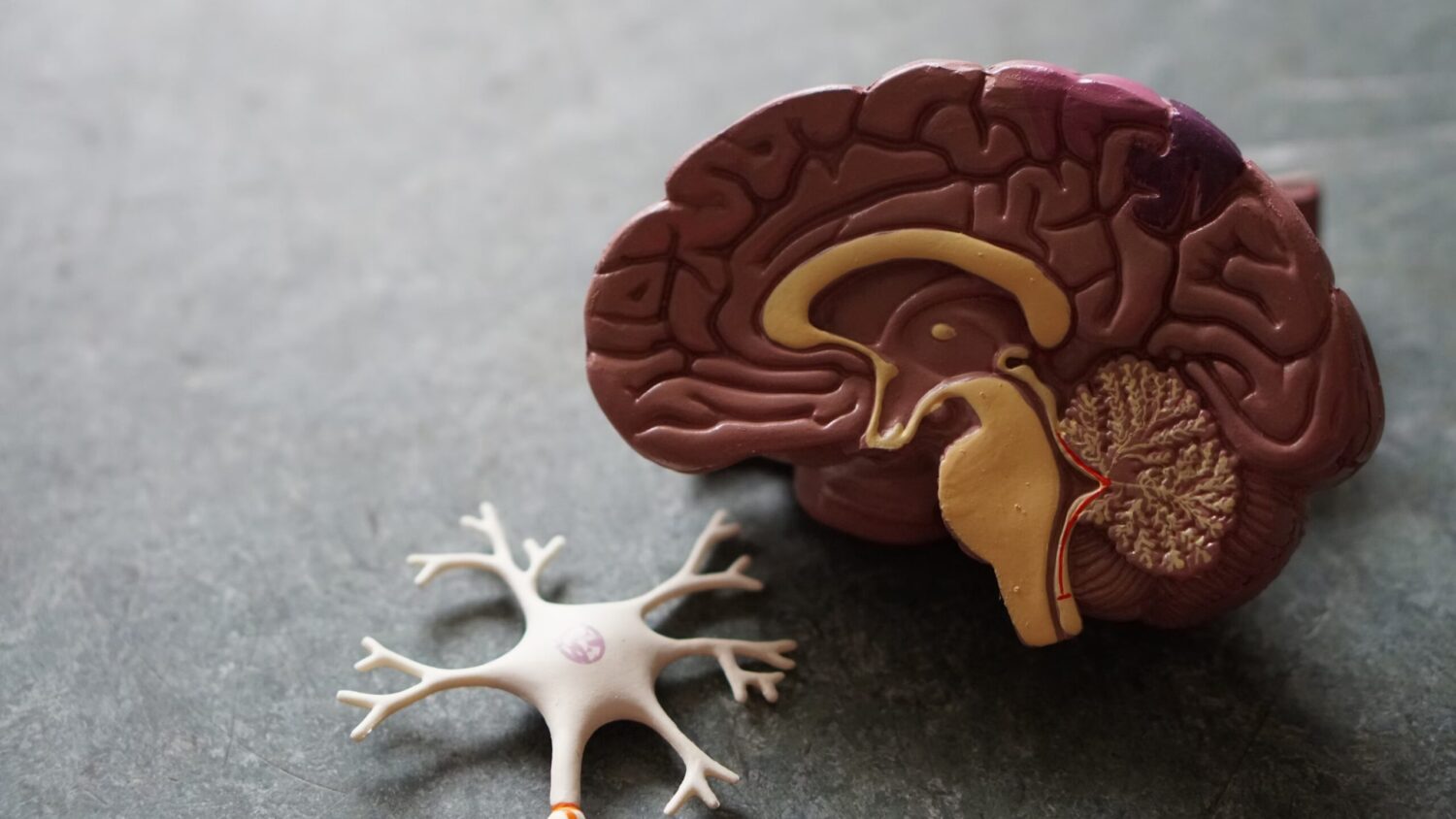Authors:
I.A. Strelnikova 1 , A.A. Svetkina 1.2 , O.V. Androfagin 1
1 GBUZ "Samara Regional Clinical Hospital named after V.D. Seredavina "of the Ministry of Health of the Samara Region, Samara, Russia;
2 FSBEI in Samara State Medical University of the Ministry of Health of Russia, Samara, Russia
Place of publication:
a journal of neurology and psychiatry named after S.S. Korsakova, 2020, T. 120, No. 3 issue. 2
Summary:
Purpose of the study. Assessment of the effectiveness and safety of prolonged sequential therapy with Mexidol and Mexidol Forte 250 for a functional outcome in patients with ischemic stroke (AI) in the basin of the internal carotid artery. Material and methods. The study includes 50 patients with the first AI in the carotid pool, which were hospitalized in the SOKB on the 1st day from the onset of the disease. Patients of the main group (n = 25) received Mexidol 500 mg intravenously dropped 1 time per day for 14 days, then Mexidol Forte 250 in tablets of 250 mg 3 times a day for 60 days. Patients of the comparison group (n = 25) received standard basic therapy. The reliability of intergroup differences was evaluated using the Mann-Uiite criterion, the exact criterion of Fisher, and the calculation of relative risk (OR). Statistically significant were the differences at the level of p <0.05. Results. After 14 days of therapy, both groups of patients demonstrated positive dynamics regarding the initial indicators. At the same time, patients who received Mexidol had a higher score on the MOS scale (U = 173.5, P = 0.006) showed a lower score when performing tasks for dynamic praxis (U = 214.0, P = 0.028) and optical Spatial disorders (U = 170.5, p = 0.003), the better strength of memorization (181.5, p = 0.006), and also better performed tasks for generalization (U = 200.5, p = 0.014). By the 74th day, the absence of moderate cognitive disorders (MOS> 26 points) was diagnosed in 17 (68%) patients of the main group and 14 (56%) patients of the comparison group. Differences without a statistically significant difference. At the same time, patients of the main group had a statistically lower score on the NIHSS scale (U = 124.0, p <0.001) and a lower degree of disability: the total score on the MRS 0-2 scale was reached in 19 (76%) patients of the main group and only In 12 (48%) patients of the comparison group (OR = 3.34, F = 0.07, P <0.05). Also, patients who received prolonged sequential therapy with Mexidol and Mexidol Forte 250 had more mild spatial disorders than patients of the comparison group. Conclusion. Conducting consistent therapy with Mexidol and Mexol Forte 250 in the acute and early recovery periods of AI positively affects the regression of focal neurological symptoms, increases the likelihood of independence in everyday life by 3.34 times, and helps to reduce the severity of optical, neurodynamic disorders and memory impairment. Key words: ischemic stroke, Mexidol, Mexidol Fort 250, cognitive impairment, functional outcome.









